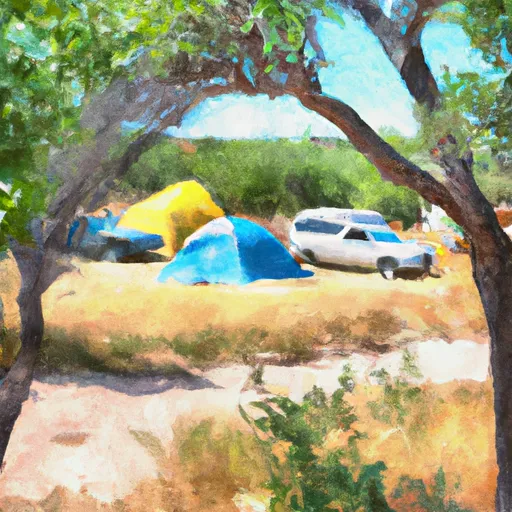Summary
The river is teeming with various fish species such as brown and rainbow trout, channel catfish, and smallmouth bass. Nearby activities include hiking, camping, and sightseeing in the beautiful surrounding areas.
Fishing tips for the Rio Chama include using dry flies during the summer months and nymphs during the winter months. Anglers should also focus on fishing near the deeper pools and eddies for the best catch.
The best time to visit the Rio Chama for fishing is during the spring and fall seasons. The average temperature during the spring months is around 60°F, while the fall months have an average temperature of 70°F. These seasons offer optimal fishing conditions as the water levels are high, and the fish are more active.
Overall, the Rio Chama Fishing area is an excellent location for anglers looking for a unique fishing experience in a beautiful location with plenty of outdoor activities to enjoy.
Weather Forecast
Nearby Streamflow Levels
 Rio Chama Above Abiquiu Reservoir
Rio Chama Above Abiquiu Reservoir
|
104cfs |
 Rio Chama Below Abiquiu Dam
Rio Chama Below Abiquiu Dam
|
74cfs |
 Rio Chama Below El Vado Dam
Rio Chama Below El Vado Dam
|
103cfs |
 Rio Chama Near La Puente
Rio Chama Near La Puente
|
68cfs |
 Rio Ojo Caliente At La Madera
Rio Ojo Caliente At La Madera
|
13cfs |
 Rio Chama Near Chamita
Rio Chama Near Chamita
|
92cfs |
Angling Safety Guidelines
Check local fishing rules, seasons, size limits, and license requirements to ensure legal and sustainable angling.
Handle Fish Responsibly
Use wet hands, minimize air exposure, and release fish gently to improve survival rates when practicing catch-and-release.
Choose the Right Gear
Match your rod, line, and tackle to the species and conditions to increase success and reduce unnecessary harm to fish.
Respect the Waterway
Avoid disturbing habitat, prevent bank erosion, and keep a safe distance from spawning areas to protect ecosystems.
Keep It Clean
Pack out all line, hooks, bait containers, and trash—discarded gear can injure wildlife and degrade waterways.
Related Links
Area Campgrounds
| Location | Reservations | Toilets |
|---|---|---|
 Echo Campground
Echo Campground
|
||
 Echo Amphitheater
Echo Amphitheater
|
||
 Riana Campground
Riana Campground
|
||
 Riana - Abiquiu Reservoir
Riana - Abiquiu Reservoir
|
||
 Rio Chama Campground
Rio Chama Campground
|
||
 Rio Chama Campground, Small Group Sites
Rio Chama Campground, Small Group Sites
|

 Abiquiu Dam
Abiquiu Dam